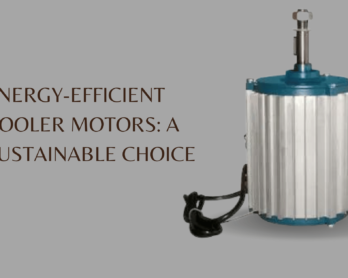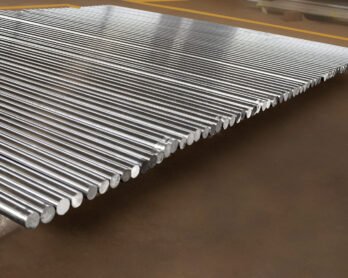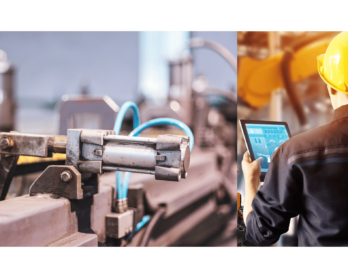Brass scrap manufacturers play a vital role in India’s recycling industry, contributing significantly to both economic and environmental sustainability. Brass, a widely used alloy composed of copper and zinc, finds its way into various products, from household items to industrial machinery. Understanding the ins and outs of brass scrap, its recycling process, and its impact is crucial for individuals and businesses alike, especially considering the growing emphasis on sustainability. In this article, we delve deep into everything you need to know about brass scrap, from its composition to its recycling process, and shed light on the key players in the industry.
What is Brass Scrap?
Brass scrap refers to discarded brass items or remnants that are collected for recycling purposes.
It includes a wide range of products such as plumbing fixtures, electrical components, decorative items, and machinery parts.
Brass scrap comes in various forms, including turnings, solids, rods, and even shredded pieces.
Composition of Brass Scrap:
Brass is primarily composed of copper and zinc, with varying proportions depending on the specific type of brass.
Other elements such as lead, tin, aluminum, or manganese may also be present in smaller quantities, depending on the intended application.
Importance of Recycling Brass Scrap:
Recycling brass scrap helps conserve natural resources by reducing the need for virgin materials.
It contributes to energy savings and reduces greenhouse gas emissions associated with the production of new brass.
Recycling brass scrap also helps prevent the disposal of potentially hazardous materials into landfills, promoting environmental sustainability.
Brass Scrap Recycling Process:
Collection:
Brass scrap is collected from various sources, including households, industries, and demolition sites.
Sorting:
The collected scrap is sorted based on its composition and form to ensure optimal processing.
Shredding:
Larger pieces of scrap are shredded into smaller fragments to facilitate melting.
Melting:
The shredded scrap is melted in furnaces at high temperatures to separate the metal from any impurities.
Purification:
The molten brass is purified to remove any remaining impurities, resulting in high-quality brass ingots.
Casting:
The purified brass is cast into ingots or other forms for further processing or use in manufacturing.
Brass Scrap Manufacturers in India:
India boasts a thriving industry of brass scrap manufacturers who play a pivotal role in the recycling ecosystem.
These manufacturers collect, process, and supply brass scrap to various industries, supporting both local and global supply chains.
They adhere to stringent quality standards and employ advanced technologies to ensure the production of high-quality recycled brass materials.
Economic Impact of Brass Scrap Recycling:
The recycling of brass scrap contributes significantly to India’s economy by generating revenue through the sale of recycled materials.
It creates employment opportunities across the entire value chain, from collection and sorting to processing and manufacturing.
Brass scrap recycling also helps reduce the country’s dependence on imported raw materials, promoting self-sufficiency in the manufacturing sector.
Environmental Benefits of Brass Scrap Recycling:
By diverting brass scrap from landfills, recycling helps reduce environmental pollution and conserve valuable landfill space.
It minimizes the energy and resources required for the extraction and processing of virgin metals, thus lowering the overall carbon footprint.
Recycling brass scrap also mitigates the environmental impacts associated with mining activities, including habitat destruction and water pollution.
Challenges and Opportunities:
Despite its numerous benefits, the brass scrap recycling industry in India faces challenges such as inadequate collection infrastructure and inefficient recycling technologies.
However, these challenges present opportunities for innovation and investment in more sustainable recycling practices, including advanced sorting and processing techniques.
Government initiatives and policies aimed at promoting recycling and sustainable manufacturing further bolster the growth prospects for the brass scrap industry in India.
Conclusion:
Brass scrap plays a crucial role in India’s journey towards a more sustainable and circular economy. Understanding the significance of brass scrap recycling, its process, and the key players involved is essential for fostering greater awareness and participation in recycling initiatives. With the concerted efforts of individuals, businesses, and policymakers, India can harness the full potential of brass scrap recycling to drive economic growth, protect the environment, and create a more prosperous future for generations to come.















